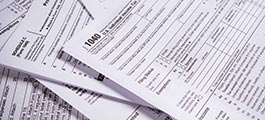There’s a huge demographic shift happening in the United States, as millions of Baby Boomers are retiring and looking to sell the cash flow-positive businesses they’ve built during their working years. If you’ve ever considered starting or buying a small- or medium-sized business (SMB), now may be an opportunistic time to explore acquiring an established business from a Baby Boomer.
Finding the capital necessary to fund a business venture is always a primary concern. Did you know that you may be able to unlock your retirement savings to fund a new business?
What are ROBS?
ROBS stands for Rollovers as Business Start-ups. ROBS are rollovers that utilize your existing 401(k) retirement funds to finance a new or existing business without incurring early withdrawal penalties or income taxes.
If you’ve been contributing to a 401(k) for many years, you’ve likely built up capital that’s now sitting in your account. You may be interested in taking advantage of this SMB trend but don’t have the liquid capital outright to buy a business, and you may not want to take on debt. The ROBS mechanism is a way to utilize your 401(k) savings to access the capital you need without incurring early withdrawal penalties.
Advantages of ROBS
Advantages of the ROBS financing method include:
- Debt-free financing. With ROBS, you’re not borrowing money to put as a payment, a down payment or principal payment on a business. ROBS funds are equity you already have that ordinarily can’t be accessed because of the distribution rules of retirement plans.
- Preserved cash flow. Using saved capital eliminates concerns about high interest rates that can hinder business growth.
- Improved business success rates. ROBS may contribute to a business’s success compared with traditional methods of financing. Owners using ROBS are fully vested and perhaps more incentivized to make the business work. In addition, there’s no impact on personal credit.
Steps to Using ROBS to Fund a Business
Here’s how ROBS work and how to start the process.
- The first step is establishing a C-corporation (C-Corp) structure for your business venture. The business must be a C-Corp, not a flow-through S-Corp or partnership.
- The second step is establishing a retirement plan like a 401(k) or profit sharing plan for the acquired C-Corp business.
- The third step is rolling over funds from your personal 401(k) into the new corporate 401(k). The new retirement plan purchases stock in the corporation, which provides it with the capital needed.
You can continue to make ongoing retirement contributions to the tax-advantaged retirement account as the business grows.
Points to Know about ROBS
- Whenever money goes back to the 401(k), there’s a sale of the business, or the business declares dividends, that money will pass back directly to the shareholder’s 401(k) plan.
- There’s the potential for a total loss. If the business fails, your stock in your C-Corp could go to zero, providing a loss to your 401(k).
- There’s a risk of regulatory scrutiny, including possible IRS or Department of Labor audits.
- It’s not advisable to use your entire personal 401(k) savings to fund the business. Excessive withdrawals could attract the attention of the IRS, regardless of whether it’s permissible in the rules of the tax code.
An experienced Certified Public Accountant (CPA) like S.J. Gorowitz Tax and Accounting Services that understands cash flow and business financing options can help you set up your C-Corp and determine how to make the ROBS strategy work for you. Having a professional help you navigate ROBS’ complexities ensures compliance and reduces the chances of problems with the IRS.
For more specific, personalized advice tailored to your situation, please contact us for a consultation.
























